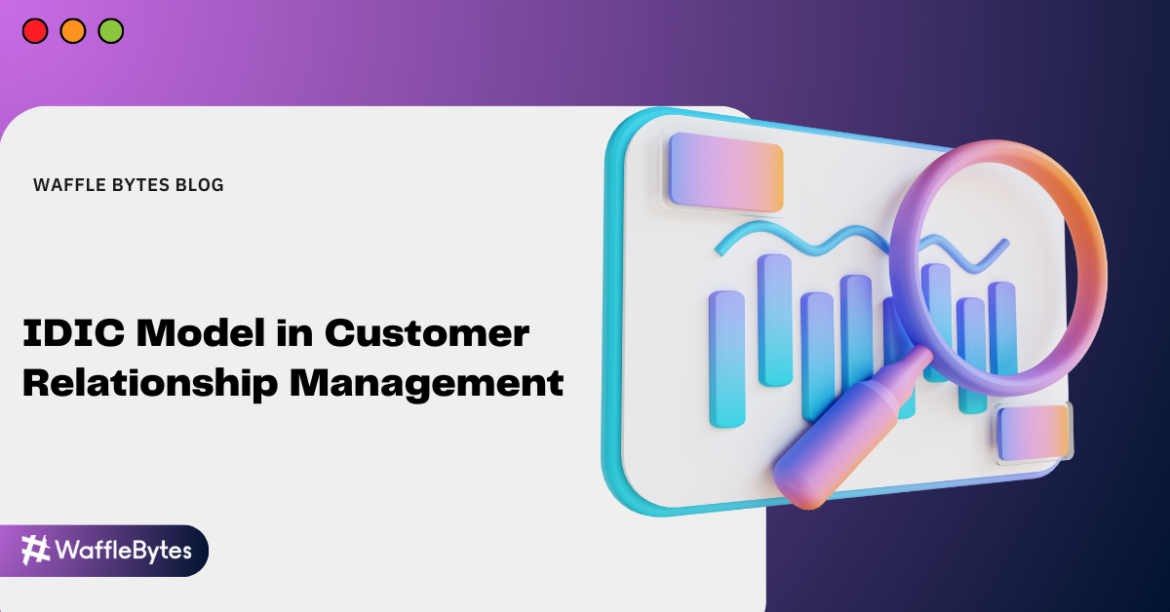In such a competitive business environment, CRM plays a pivotal role in helping gain growth and customer loyalty. Amongst one of the most applied models to improve CRM strategies is the IDIC model, which stands for Identify, Differentiate, Interact, and Customise. It has been designed such that it will serve as a structured approach to enhance understanding about better servicing each customer and gaining long term relationships. Let’s take the IDIC model and break it down to show how it feeds into successful CRM strategies.
Effective Strategies
Identify
The first stage of the IDIC model is identifying who the customers are. This gathers together and organizes customer data, including demographics, purchase history, and online behavior. Ideally, every customer must be well understood so the business can fulfill each specific need of the customer.
The processes of identification can be improved in CRM systems using data analytics tools. Such tools can help track customer connections across different touchpoints, like websites, social media sites, and email campaigns. More accurate identification, in turn, facilitates effective segmentation and, hence more personalized marketing for businesses.
Differentiate
Once the target customers have been identified, businesses then distinguish between these identified customers based on how important they are to the business and their needs. Every customer is different, and the IDIC model encourages businesses to treat their customers differently and in accordance with who they are.
Customers can be classified in two ways:
– Value: Some customers are more valued than others depending on their buying behavior, loyalty, or potential lifetime value.
– Based on need: Customers may have different tastes and expectations; understanding these differences allows businesses to differentiate their communications and offers.
Different customer types can help businesses ration their efforts. For example, high-value customers can be treated with more personalized service or special offers, and others can benefit from automated interactions that make use of fewer resources. In this way, the business not only uses its resources more effectively but also improves customer experience.
Interact
The third component of the IDIC model is interacting with customers. This step is characterized as a dialogue created across various channels, which are as disparate as email and social media to chatbots and personal discussions. Here the objective is to simply engage the customers with a genuine attitude by fulfilling their needs and expectations.
Interactions are beyond merely sending messages to the clients; they are listening and answering the concerns of clients. Communications enable the business to gather more information on what customers love or hate, thus helping them change their CRM approach in good time.
Furthermore, the frequent meaningful dialogue brings trust and strengthens the relationship with the customers. Brands that actively engage with customers are better positioned to predict their needs and quickly identify solutions.
Customise
The final step in the model is Customization, which you can perform based on the information gathered in the previous steps. Customization as used in this model involves personalizing products, services, and communications to conform to the individual customer’s preferences.
CRM’s advanced tools let businesses automate their most vital customization processes. For example, for the preceding buys of a customer, a CRM system can generate offers on that particular product or service or even send him personalized offers depending on his surfing history.
Customization is the key to pleasing the customers. Once a business turns out to be one which understands and meets their customer’s different needs, it’s likely to attract loyalty and a higher retention level of customers.
Advantages of the IDIC Model
– The four ingredients of the IDIC model: Identification, Differentiation, Interaction and Customization serve the purpose of creating an experience.
– Efficient Allocation of Resources: We can segment the customers on the basis of value. Where businesses would focus their efforts on servicing high-priority customers, thereby increasing return on investment in marketing and sales efforts.
– Increased Sales and Revenue: When we offer tailored services the customer satisfaction increases which leads to increase in sales and revenue.
– Exploiting Available Data: The IDIC model focuses on data decision making. Impling that firms can now make full use of CRM data, as data is key to satisfy customer needs.
Conclusion
The IDIC model provides an effective framework for the improvement of the overall process of customer relationship management. The structure aims to help businesses strengthen their relationships with customers through identification, differentiation, interaction, and optimization. Thus, it leads to stronger relationships with customers, increased loyalty, and success in the long run. The IDIC model creates an easy-to-follow path that meets those expectations.
References:
– https://www.projectguru.in/customer-relationship-management/
– https://www.linkedin.com/pulse/idic-model-crm-robert-thomas/

